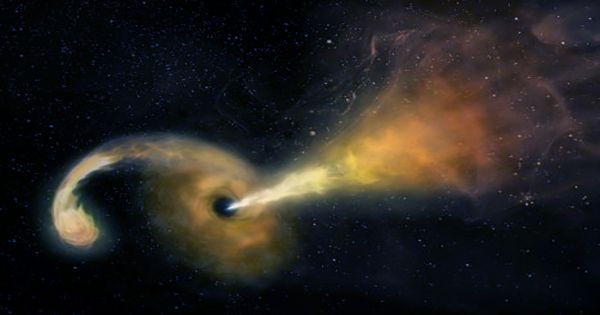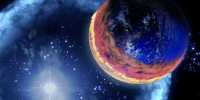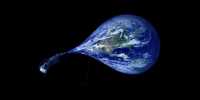Almost every galaxy has a supermassive black hole at the very core. These cosmic giants grow by feeding on elements that have become very close to them, although this does not explain how many of them are so large.
Now, observations using ultra-sensitive radio telescopes have shown that the feeding method is very different from one black hole to another. Astronomers have observed that some galaxies have very voracious supermassive black holes. These experiences feed the frenzies, equipping as much material as they possibly can very quickly. Others will seem more sophisticated; gradually adjusting to what is available to them. A third group found to be present on a somewhat strict diet, almost starving.
The systematic study of supermassive black holes reported in two papers (here and here) in astronomy and astrophysics has highlighted both the things know and the observations of the next generation will help us understand. Co-author Peter Barthel, from the University of Groningen, said in a statement, “We are getting more and more indications that all galaxies have massive black holes at their centers. Of course, this must have increased their current fill. It seems that, thanks to our observation, we are now seeing these growth processes in sight did.”
The team also observed that some supermassive black holes create jets during feeding but sometimes do not, and this does not seem to depend on the speed at any material is absorbed. Another discovery relates to larger galaxies. The sophistication episode sometimes occurs during a new burst of galaxy star formation. Other times there is a starburst but the black holes not fed, although the team admits that it is very difficult to spot because of the star-formation around it. The study looks at the sky, looking at infrared and X-ray wavelengths, combining several space observers with very large arrays of radio telescopes, such as the E Marilyn and European VLBI networks, with some current and impressive networks.
The use of radio telescopes allows researchers to look for quieter supermassive black holes, indicating that the behavior of this giant object is not an easy binary to feed or not to feed. Upcoming observations, such as the Square Kilometer Array (SKA), will push the envelope of radio observations of black holes, which have shown to be useful for studying the eating habits of black holes in the distant universe. “This is good news, because SKA radio telescopes are coming and they will give us the opportunity to see the universe in more depth with more detail,” added top author Jack Radcliffe from the University of Pretoria.















